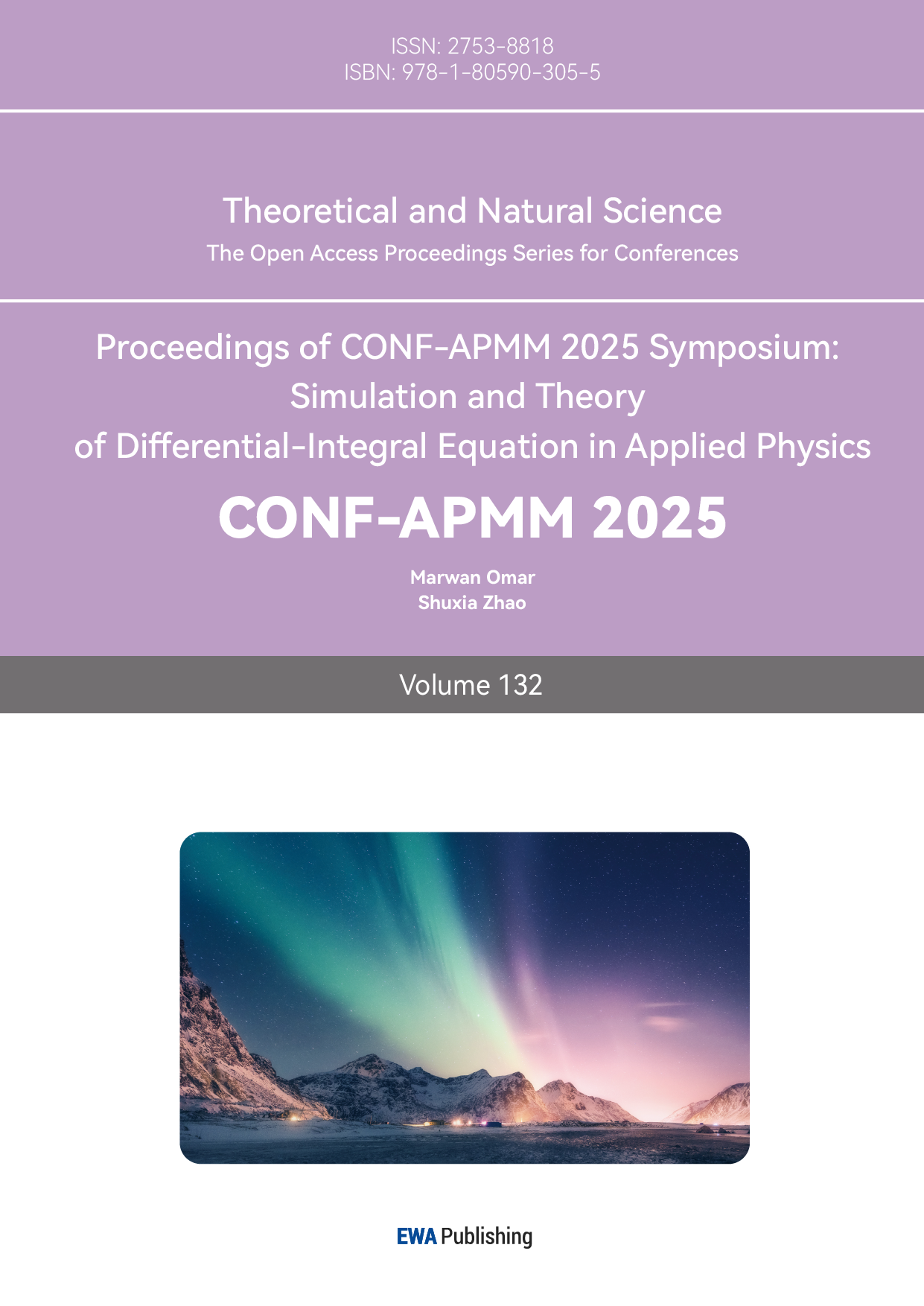References
[1]. International Energy Agency. (2021). Net zero by 2050: A roadmap for the global energy sector. Paris, France: IEA. Retrieved from https: //www.iea.org/reports/net-zero-by-2050
[2]. Intergovernmental Panel on Climate Change. (2022). Climate change 2022: Mitigation of climate change—Contribution of Working Group III to the Sixth Assessment Report of the Intergovernmental Panel on Climate Change. Cambridge, UK: Cambridge University Press.
[3]. International Energy Agency. (2023). CO₂ emissions in 2022 – Analysis. Paris, France: IEA. Retrieved from https: //www.iea.org/reports/co2-emissions-in-2022
[4]. Liang, X., Liu, Z., Wang, J., Jin, X., & Du, Z. (2023). Uncertainty quantification-based robust deep learning for building energy systems considering distribution shift problem. Applied Energy, 337, 120889.
[5]. Raissi, M., Perdikaris, P., & Karniadakis, G. E. (2019). Physics-informed neural networks: A deep learning framework for solving forward and inverse problems involving nonlinear partial differential equations. Journal of Computational Physics, 378, 686–707.
[6]. Karniadakis, G. E., Kevrekidis, I. G., Lu, L., Perdikaris, P., Wang, S., & Yang, L. (2021). Physics-informed machine learning. Nature Reviews Physics, 3, 422–440.
[7]. Zhao, C., Zhang, M., Bai, J., Wu, J., & Chang, I.-S. (2025). A review of the application of machine learning in carbon emission assessment studies: Prediction optimization and driving factor selection. Science of the Total Environment, 987, 179678.
[8]. Jin, Y., Sharifi, A., Li, Z., Chen, S., Zeng, S., & Zhao, S. (2024). Carbon emission prediction models: A review. Science of the Total Environment, 927, 172319.
[9]. Liu, Z., et al. (2020). Near-real-time monitoring of global CO₂ emissions reveals the effects of the COVID-19 pandemic. Nature Communications, 11, 5172.
[10]. Wang, H., Li, D., Zhou, R., Hu, X., Wang, L., & Zhang, L. (2024). A new method for top-down inversion estimation of carbon dioxide flux based on deep learning. Remote Sensing, 16(19), 3694.
[11]. Li, L., et al. (2023). Improving air quality assessment using physics-inspired deep graph learning. npj Climate and Atmospheric Science, 6, 152.
[12]. Zhang, Y., et al. (2025). KG-FGNN: Knowledge-guided GNN foundation model for fertilisation-oriented soil GHG flux prediction. arXiv preprint arXiv: 2506.15896.
[13]. Shokouhi, P., Kumar, V., Prathipati, S., Hosseini, S. A., Giles, C. L., & Kifer, D. (2021). Physics-informed deep learning for prediction of CO₂ storage site response. Journal of Contaminant Hydrology, 241, 103835.
[14]. Chuprov, I., Derkach, D., Kychkin, A., & Efremenko, D. (2025). Application of physics-informed neural networks for solving the inverse advection–diffusion problem to localize pollution sources. arXiv preprint arXiv: 2503.18849.
[15]. Penwarden, M., Zhe, S., Narayan, A., & Kirby, R. M. (2022). Multifidelity modeling for physics-informed neural networks (PINNs). Journal of Computational Physics, 451, 110844.
[16]. Zhu, P., Liu, Z., Xu, Z., & Lv, J. (2025). An adaptive weight physics-informed neural network for vortex-induced vibration problems. Buildings, 15(9), 1533.
[17]. Beucler, T., et al. (2021). Enforcing analytic constraints in neural networks emulating physical systems. Physical Review Letters, 126, 098302.
[18]. Weir, B., Ott, L. E., Collatz, G. J., Kawa, S. R., Poulter, B., Chatterjee, A., Oda, T., & Pawson, S. (2021). Bias-correcting carbon fluxes derived from land-surface satellite data for retrospective and near-real-time assimilation systems. Atmospheric Chemistry and Physics, 21, 9609–9628.



